Enhance your outdoor space with custom softscaping, featuring hardy native plants, colorful blooms, and natural materials that add beauty and resilience to your yard.
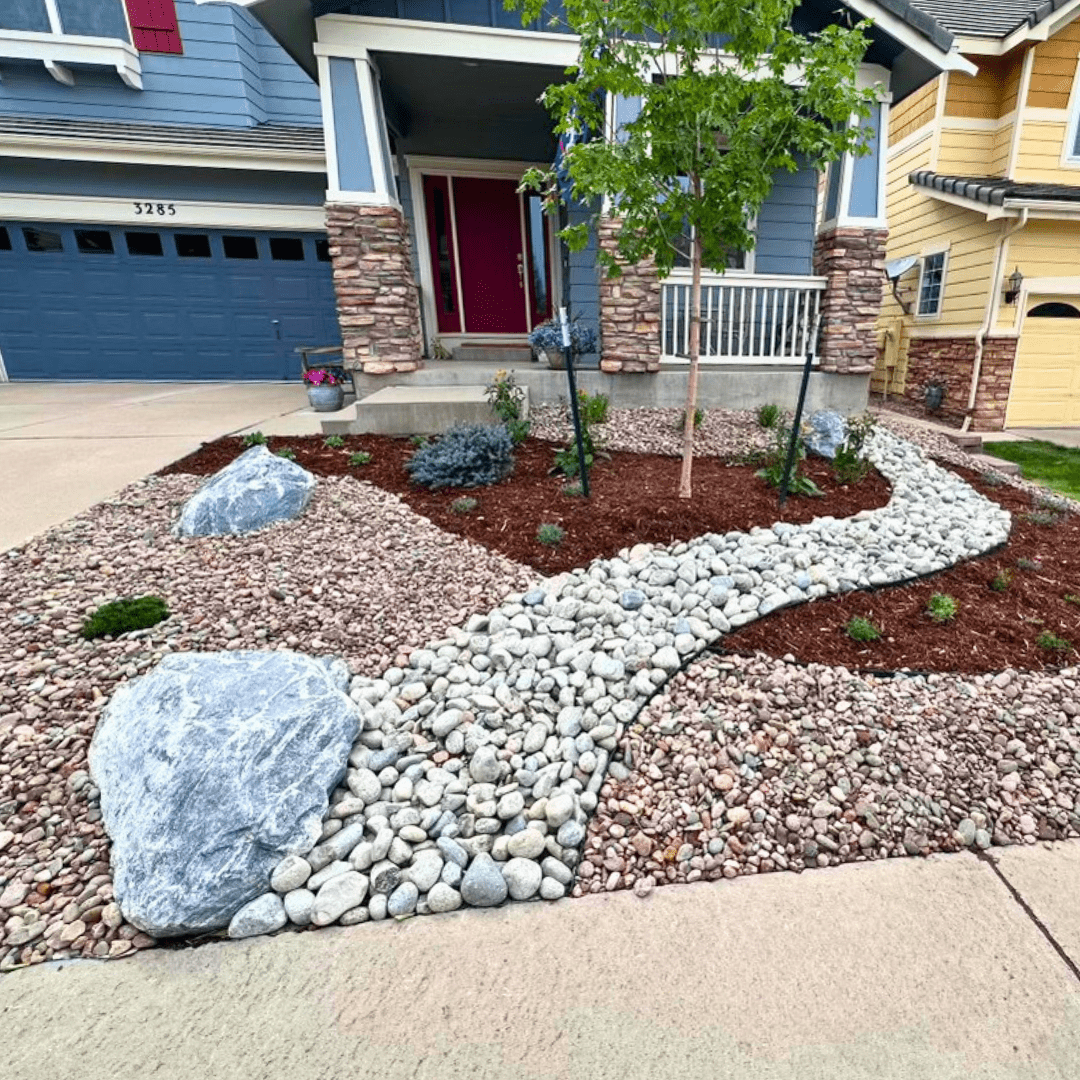

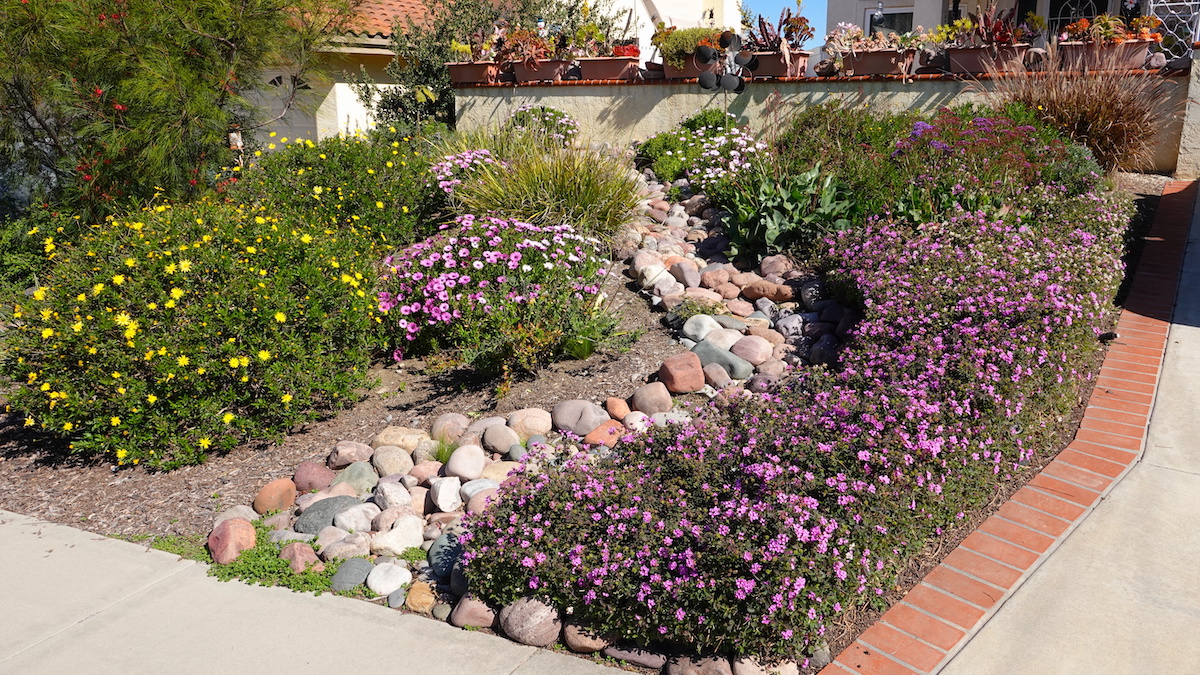
Hall Landscaping offers expert xeriscaping services that create lush, water-wise yards. We replace traditional sod with native plants, stones, and boulders, building rugged, attractive spaces that thrive with minimal irrigation. Xeriscaping not only lowers your water usage but also reduces long-term maintenance costs—and can even earn rebates in areas like Castle Rock, making it a win for both your wallet and the environment.

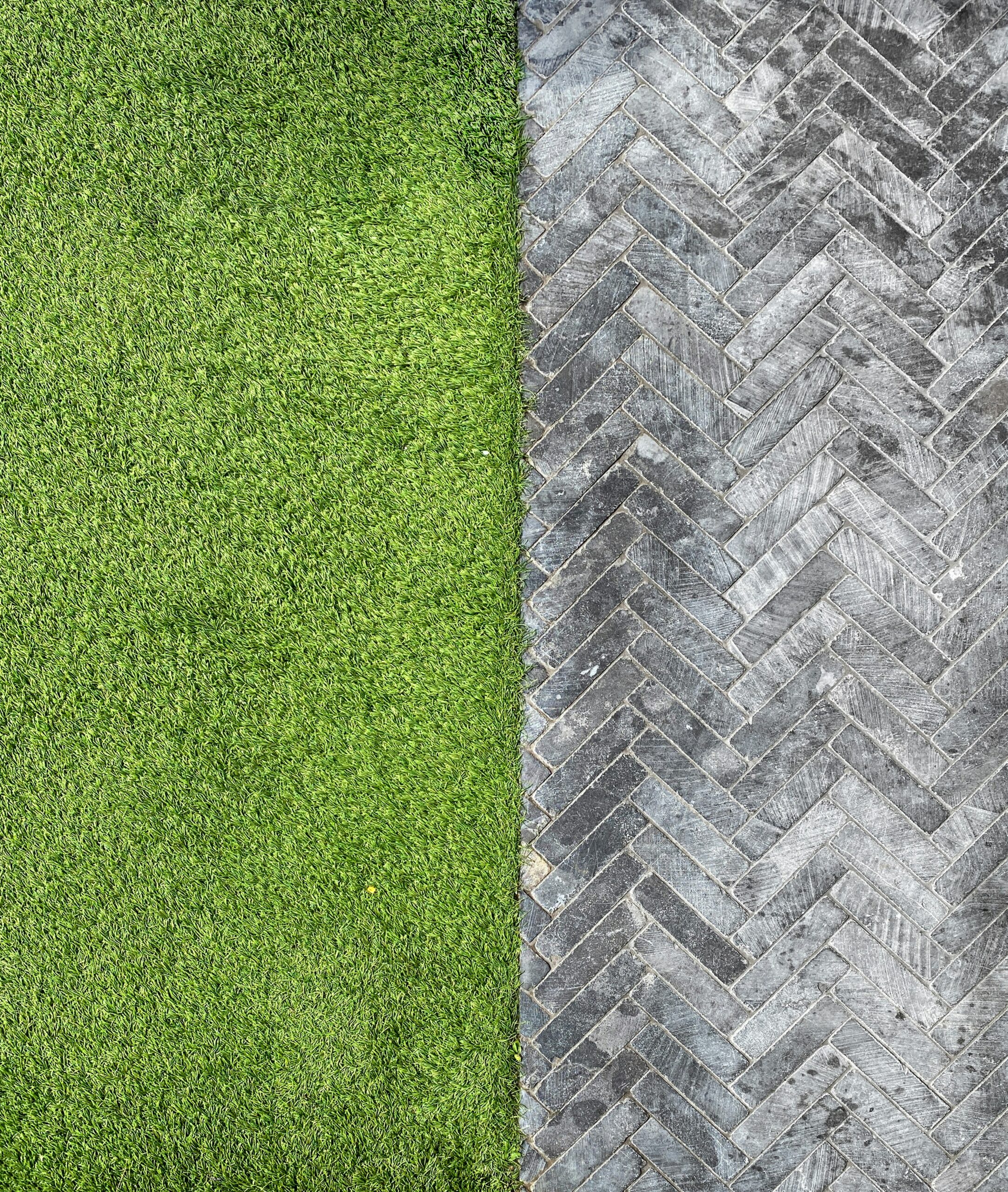

Hall Landscaping installs high-quality artificial turf that provides a lush, low-maintenance alternative to traditional grass. Whether you’re creating a pet-friendly yard, a custom putting green, or a functional outdoor space, we offer a variety of turf options to suit your needs. Our antimicrobial turf is easy to clean, snow melts quickly, and the permeable subgrade ensures proper drainage—making your yard usable year-round without muddy patches.
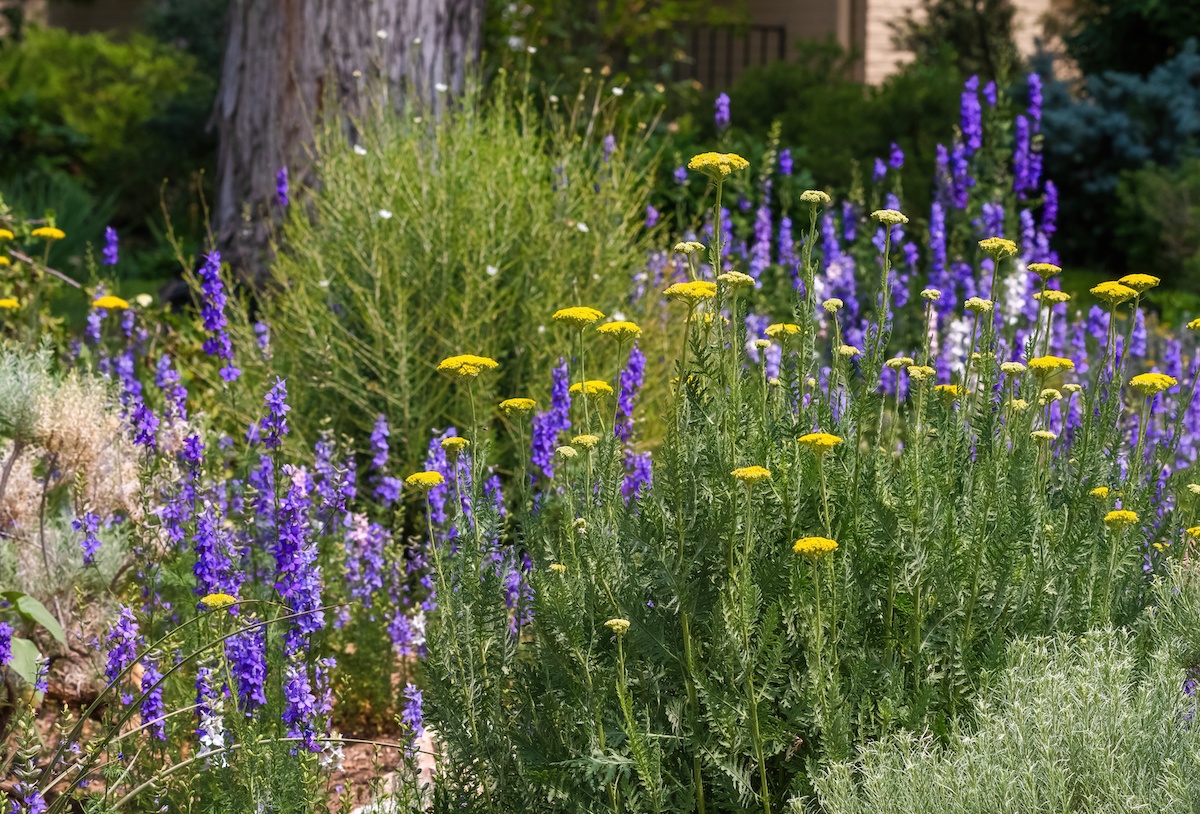
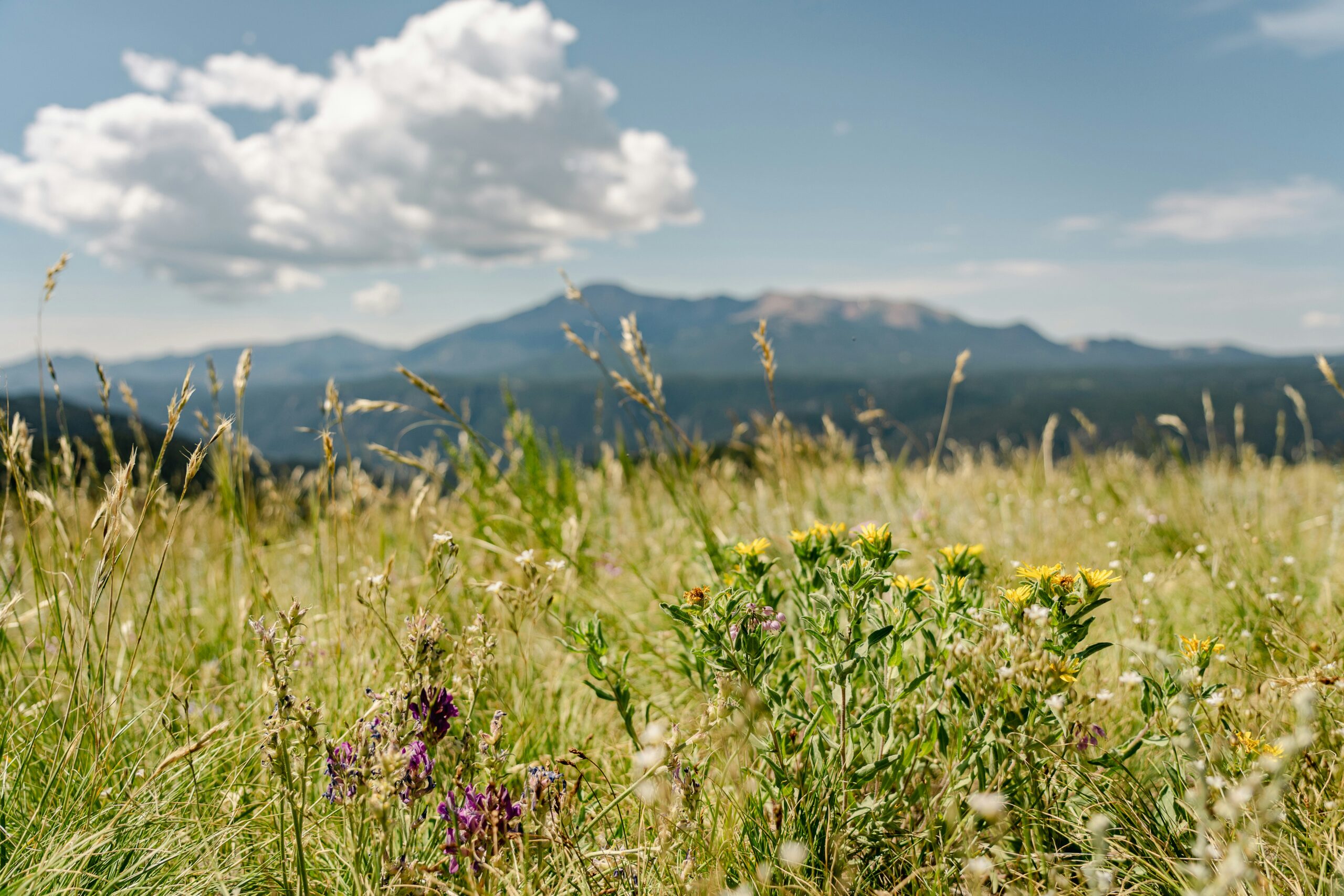
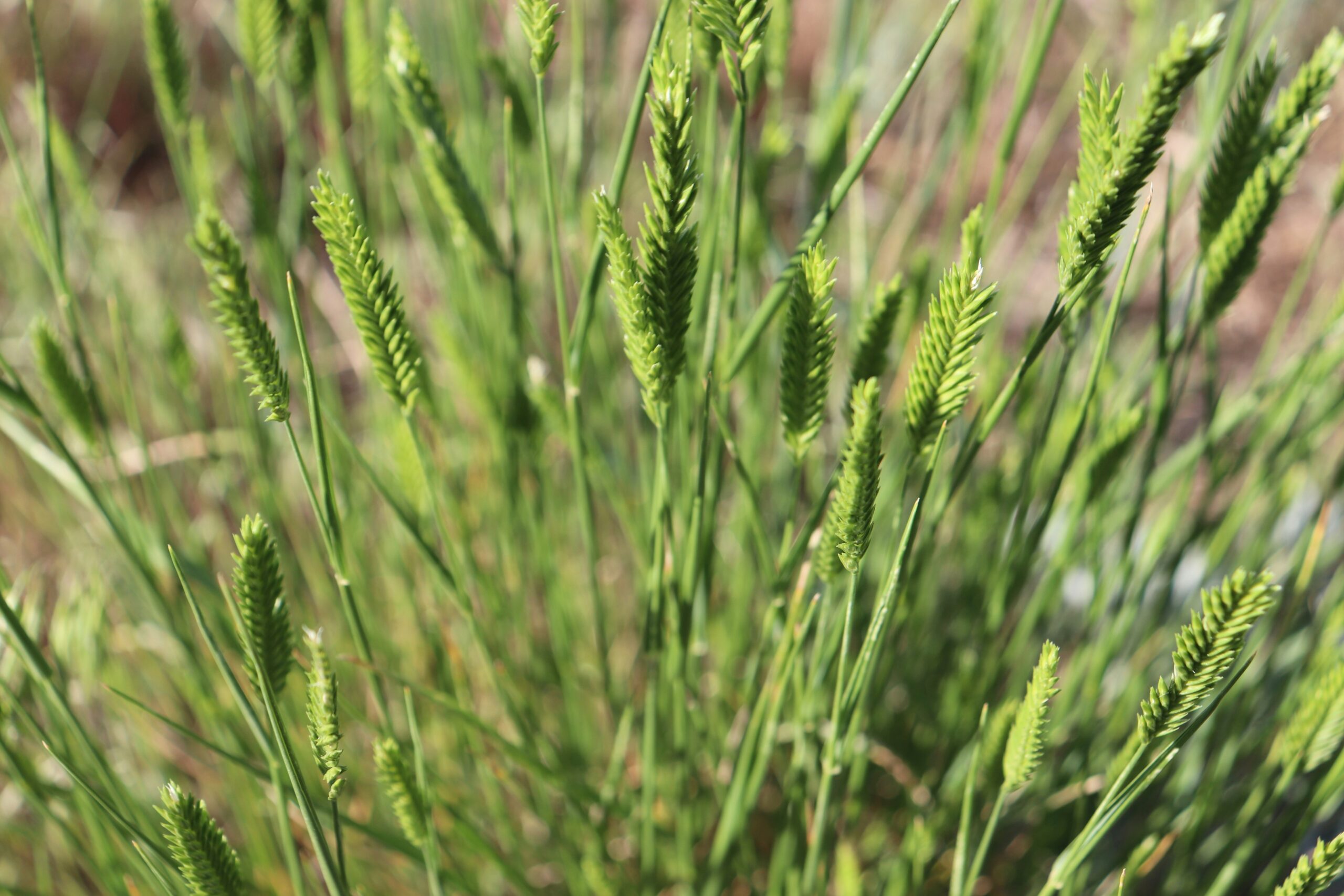
Hall Landscaping specializes in using native grasses to create stunning, sustainable outdoor spaces. With options like Blue Grama and Little Bluestem, we craft landscapes that are beautiful, low-maintenance, and environmentally beneficial. Native grasses conserve water, stabilize soil, and invite wildlife—making them a smart, cost-effective choice for any yard seeking natural beauty and function.
Yes! There are a variety of plants that can either attract or deter pollinators, depending on your
preferences. We can help you choose the right plants for your garden to encourage pollinators
like bees and butterflies.
If you replace sod with xeriscaping, your water usage will decrease. By using drought-tolerant
plants and reducing lawn areas, your water bill will likely go down over time.
Generally, yes! After a few years of establishment and good growth, many xeriscape plants will
need little to no water. However, it’s always a good idea to water less during dry periods to
ensure the plants look their best during low rainfall years.
Absolutely! We typically use longer turf on the borders to create a more defined and visually
appealing edge for your landscape.
If you wash the turf with your hose once or twice a week, the smell will be minimal. Regular
maintenance will help keep odors under control.
Artificial turf generally lasts around 15 years. Over time, the sun may cause the color to fade
slightly, but with proper care, it will remain durable and functional for many years.
Yes, native grass can attract beneficial wildlife, such as birds and pollinators like bees and
butterflies, due to its natural ecosystem benefits. It can also support a variety of insects that are
important for local biodiversity.
Native grass can take a bit longer to establish compared to traditional lawns, typically between
one and two growing seasons. However, once established, it is much more resilient and low maintenance, thriving with minimal care.
Yes, native grasses are drought-tolerant and require significantly less water compared to
traditional turf, which can lead to reduced water consumption and lower water bills over time.
Native grasses generally require less maintenance than traditional lawns. They are well-suited
to local soil and climate conditions, meaning they don’t need frequent mowing, fertilizing, or
pesticide applications.